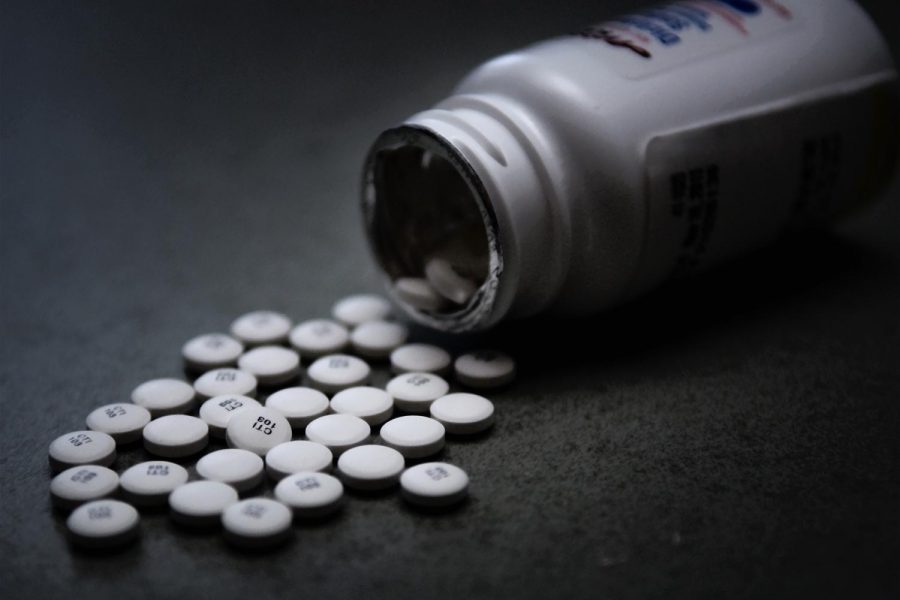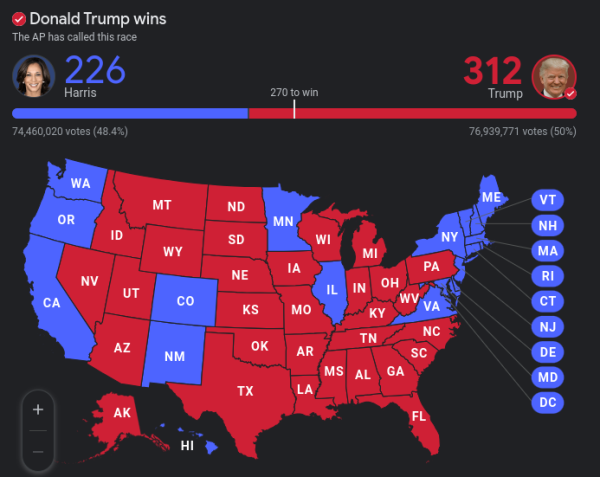The Opioid Crisis Continues
The opioid epidemic has been described as the deadliest drug crisis in American history.
A 2018 study found that, since 2001, the national cost of opioid abuse has cost over $1 trillion and may grow by $500 billion more in the next few years.
According to the Center for Disease Control and Prevention (CDC), opioids, a class of drugs also known as narcotics, kill more than 130 people in the United States per day. That number is only getting larger. According to the U.S. Department of Health and Human Services, opioids are not only dangerous because of how addictive they can be, but there are other serious risks such as abuse, overdose, and a multitude of side effects — even when they’re used as directed.
The opioid epidemic was declared a public health emergency by the U.S. Government in 2017. However, the crisis is barely new; it has come and gone in waves ever since the 1990’s. In fact, the reason people began misusing opioids back then remains as the one of the reasons the crisis exists to this day. In the 1990’s, the prescription of opioid pain relievers increased after medical practitioners were assured by pharmaceutical industries that they were safe, according to the National Institute on Drug Abuse. But, seeing as opioids are a class of highly addictive drugs, these patients began to depend heavily on their dopamine-inducing qualities.
Since the epidemic broke out, health organizations have tried to pass guidelines in order to restrict access to opioid-related medications. State legislatures have come up with measures to regulate pain clinics and limit the amount of opioid prescriptions. According to the National Conference of State Legislatures, these measures include “task forces, commissions or councils; drug “take-back” days or programs; insurance coverage for abuse-deterrent opioids; grants and funding; and public education programs and other educational efforts.”
According to the CDC, “non-opioid treatments are the preferred first step for treatment of chronic pain… Opioid medications should only be added after careful assessment of pain control and followed by regular evaluations of their continued need… [for] chronic pain outside of cancer treatment, palliative care, and end-of-life care.” However, push back against such guidelines has made enforcing them difficult. Researchers found that this push back mostly came from the pharmaceutical industry through lobbying and advocacy groups and organizations that had funding from opioid manufacturers.
In March this year, a huge lawsuit charging eight members of the Sackler family was backed by more than 600 cities, counties, and Native American tribes. Because the family owns Purdue Pharma, a manufacturer of the painkiller brand OxyContin, they accuse the Sacklers of being responsible for the ongoing opioid crisis. According to the lawsuit, “Because they controlled their own privately held drug company, the Sackler Defendants had the power to decide how addictive narcotics were sold. They got more patients on opioids, at higher doses, for longer, than ever before. They paid themselves billions of dollars. They are responsible for addiction, overdose, and death that damaged millions of lives. They should be held accountable now.”
As the opioid crisis worsens, more is being done to stimulate the regulation of these “painkillers.” On April 24, President Donald Trump headlined a summit covering the crisis. As the issue gets more traction, hopefully more serious guidelines will be passed to ensure that no more people have to lose their children, parents, and siblings to such a deadly class of drug.



![Photo Credit; Miller, Kim. “City of Asheville prepares for a weekend of winter weather.” City of Asheville prepares for a weekend of winter weather [Ashville], 10 February 2023, https://www.ashevillenc.gov/news/city-of-asheville-prepares-for-a-weekend-of-winter-weather/. Accessed 06 January 2025.](https://binghamprospector.org/wp-content/uploads/2025/01/Screenshot-2025-01-14-7.54.38-AM.png)

